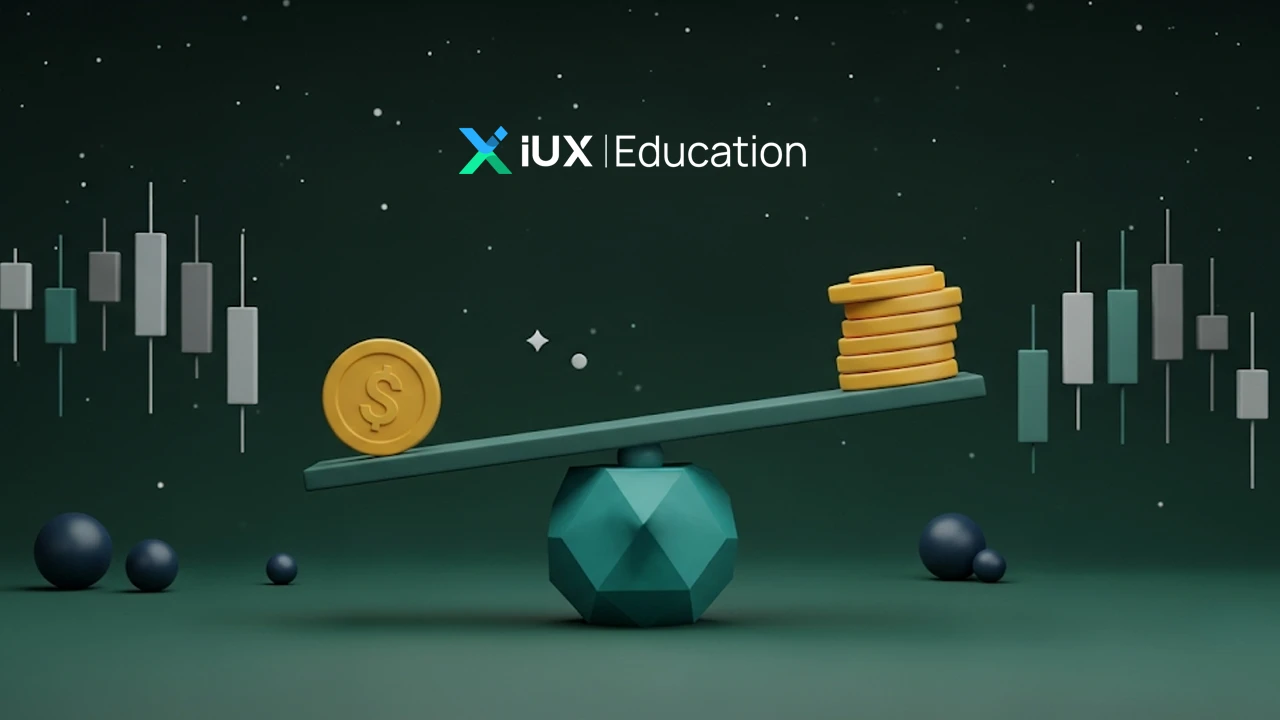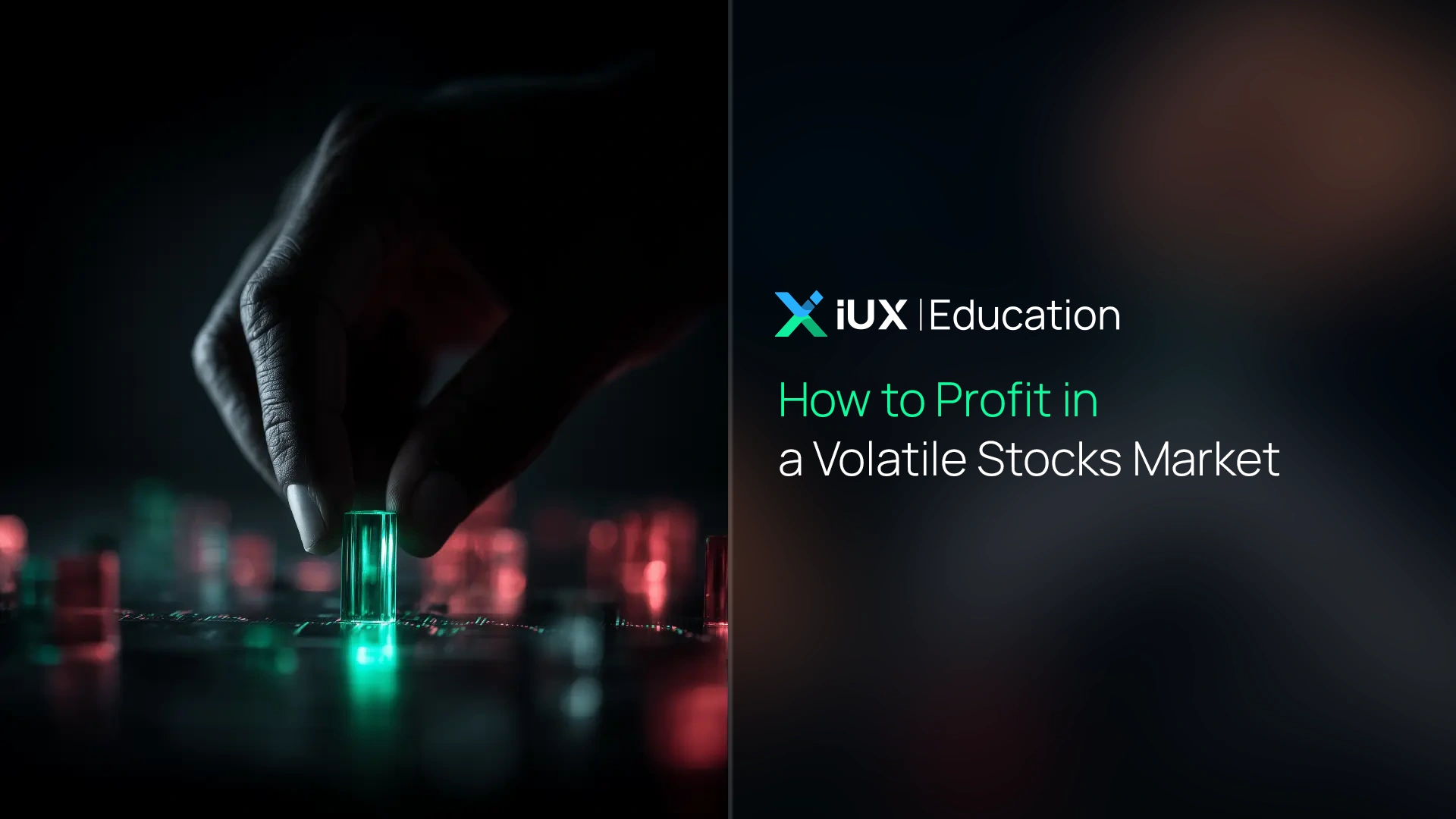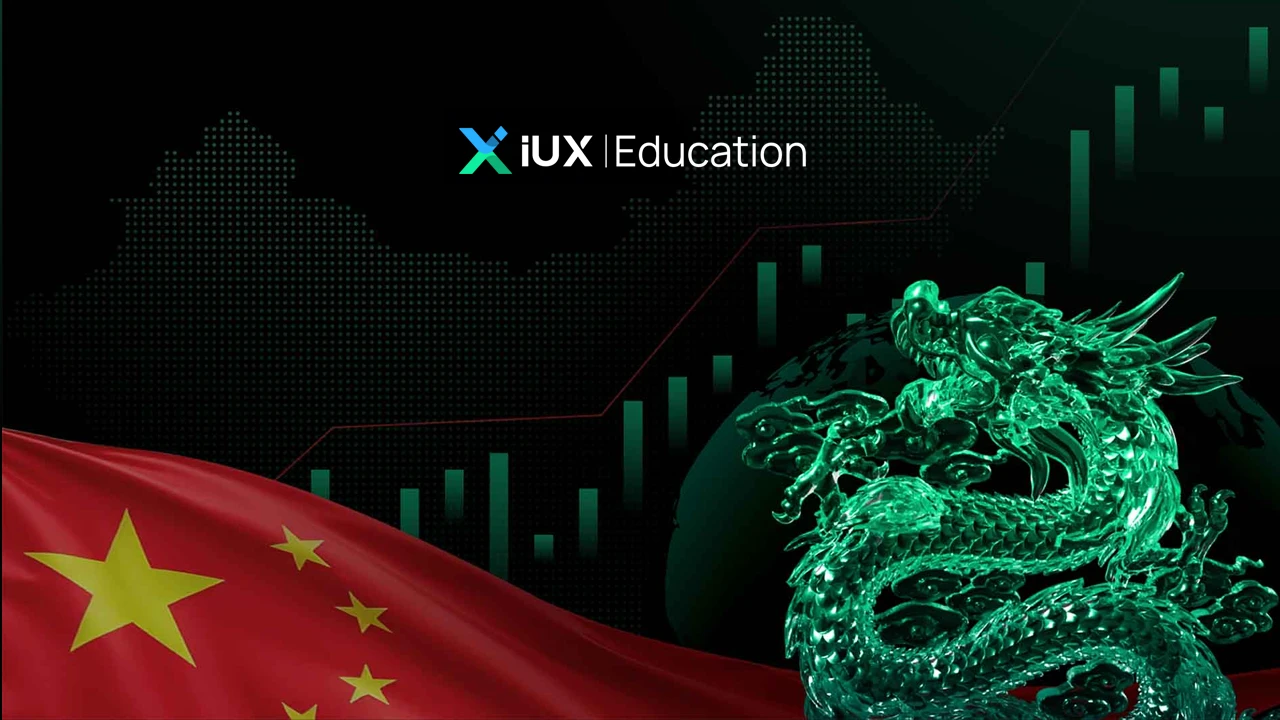CFDs are complex instruments and come with a high risk of losing money rapidly due to leverage. 76% of retail investor accounts lose money when trading CFDs with this provider. You should consider whether you understand how CFDs work and whether you can afford to take the high risk of losing your money.
CFDs are complex instruments and come with a high risk of losing money rapidly due to leverage. 76% of retail investor accounts lose money when trading CFDs with this provider. You should consider whether you understand how CFDs work and whether you can afford to take the high risk of losing your money.

Learn to Master Margin Management and Trade with Confidence
Understanding Margin and How It Works with Leverage
Before stepping into live trading, understanding the concepts of Margin and Leverage is a crucial first step. These two elements work together and directly impact the size of the trading positions you can open.
- Margin is the collateral you are required to deposit with your broker in order to open a position.
- Leverage is a tool that increases your buying power by allowing you to borrow funds from the broker to control a position larger than your actual capital.
For example, if you want to open a $10,000 position with 1:100 leverage, you would need only $100 in Margin. 1
Read more:
-
What is Margin? Understanding the Definition and How to Use It
- The Relationship Between Margin and Leverage Every Trader Should Know
Margin Call and Stop Out: The Risks That Come with Margin Trading
While using Margin allows you to open trading positions larger than your actual capital, it also comes with certain risks—especially when your account equity drops to a level that requires close monitoring. 2
- A Margin Call is a warning from your broker requesting you to deposit additional funds.
- A Stop Out is the point at which the system automatically closes your open positions to prevent further losses.
Key Margin Level thresholds to be aware of:
-
Above 100% = Generally acceptable
-
Below 50% = At risk of a Stop Out
Read more about Margin:
- Understanding Margin Call and Stop Out: Risks Every Trader Should Know
- What Is Margin Level and How Does It Affect Your Trading?
What Are Free Margin, Used Margin, and Equity?
Looking only at your account balance is not enough. Traders should understand the structure of Margin to manage risk more precisely. The key components include:
-
Equity: The total value of your account, including unrealized profit or loss from open positions.
-
Used Margin: The portion of Margin currently tied up in open trades.
-
Free Margin: The remaining available Margin that can be used to open new positions. 3
Read more: What Are Free Margin, Used Margin, and Equity?
| Tip: Don’t wait until your Equity drops near the Margin Call level. Regularly monitor your Margin Level to give yourself time to adjust your strategy before your trades are affected. |
Choosing the Right Strategy: Margin vs Spot Trading
Margin trading is ideal for those who want to increase their buying power with a relatively small amount of initial capital. By using leverage, you can open positions larger than your actual funds. While this can enhance your profit potential, it also comes with increased risk. If you’re unable to manage volatility effectively, your positions may be stopped out quickly.
In contrast, spot trading uses your actual capital without any leverage. It’s better suited for long-term investors who prefer lower risk, no borrowing, and a simpler approach to portfolio management.
If you’re focused on short-term gains and have strong risk management discipline, margin trading may be the better fit. But if you prefer stability and want to avoid the added complexity of leverage, spot trading is likely the more appropriate choice.4
Related topic: The Difference Between Margin Trading and Spot Trading
Mastering Margin Management Like a Pro
Managing your capital with structure is the foundation of long-term success in trading. It doesn’t matter if you're starting with a small account or a large one—without a solid plan, things can go wrong fast. That’s why margin management starts with the basics of risk control: always set a Stop Loss, size your trades according to your available Free Margin, and avoid using high leverage without a clear reason behind it.
Thankfully, modern trading platforms make it easier than ever to stay on top of things. With real-time tracking of your Margin Level, instant alerts when you're getting close to a Margin Call, and easy-to-use tools for monitoring your Equity, you can stay in control—even in fast-moving markets.
When you manage your Margin with discipline, you give your portfolio room to grow. IUX is built to help traders do just that—with smart, user-friendly tools that support both beginners and seasoned pros. Every trade can be a strategic one when you’ve got the right platform behind you.
Trade smarter. Stay in control. Do it with IUX.
💡Frequently Asked Questions (FAQ)
Q1: If I use high leverage, will my Margin Level drop immediately?
A: Yes. The higher the leverage you use, the less margin is required to open a position. However, your Margin Level will fluctuate more rapidly, increasing the risk of a Stop Out if the market moves against you.
Q2: How often should traders check their margin?
A: You should check your margin every time you open or close a position, and monitor it closely during periods of high market volatility.
Q3: Are there tools to help manage margin more effectively?
A: Most trading platforms, including the IUX App, offer features to display your Margin Level, Equity, and alerts when you're nearing a Margin Call. These tools help you stay on top of your risk at all times.
| Tip: Setting up Margin Level alerts on your trading platform can help you catch key decision points early. It gives you time to adjust your strategy before your portfolio is affected by sudden market volatility. |
Summary
A solid understanding of how Margin and Leverage work is a key foundation for confident and effective trading. It allows you to plan strategically and manage risk with clarity. Don’t let a lack of knowledge be the reason for unnecessary losses—start learning, practicing, and refining your skills consistently to build long-term trading strength.
Read more: What’s the Difference Between Leverage and Margin?
Note: This article is intended for preliminary educational purposes only and is not intended to provide investment guidance. Investors should conduct further research before making investment decisions.


